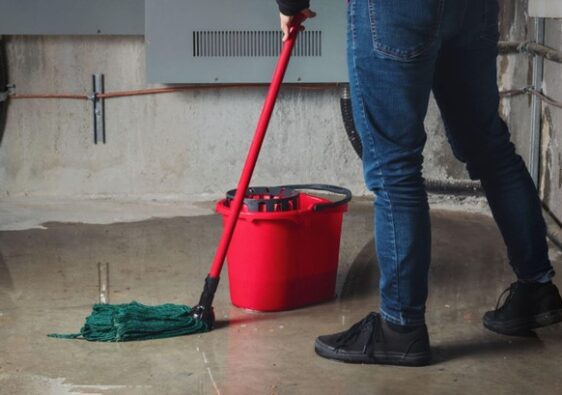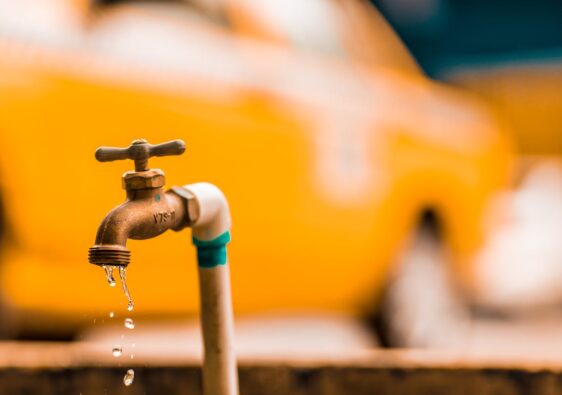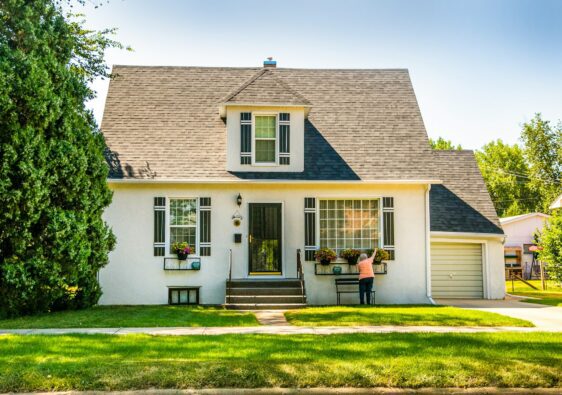Did you know that there are over 142 million houses in the US? All of them use energy in some form or another to meet their needs.
While this is convenient and safe, it can also be expensive. That’s why it’s worth considering how you can get more energy efficiency in your home.
Doing so can not only help curb your electricity costs but also reduce your carbon footprint. Plus, you’ll feel better knowing that you aren’t wasting energy.
Keep reading to learn how you can make your home more energy efficient.
Insulate Your Home
Insulating your home is one of the most effective ways to make it more energy efficient. Most heat is lost through a home’s walls, ceilings, and floors, so adding insulation to gaps and cracks will help reduce this.
Not only will it help to keep heat in, but it will also reduce your energy bills. Start by checking for any air leaks around windows, doors, and outlets and seal them using caulking or sealing strips.
Then add weatherstripping around doors and windows to keep cold air outside and warm air inside. You can also look for areas where insulation can be added, such as the attic, walls, and floors. Doing this will help keep your home cool in the summer and warm during the winter, reducing energy costs.
Install Energy-Efficient Windows
The benefits of these windows include helping lower your energy bills by reducing the energy needed to cool and heat up your home. They also help reduce noise pollution.
They are easier to clean and maintain. It provides improved insulation that reduces drafts and last longer than traditional windows. To ensure you get the most out of your investment, ensure the windows are installed with a tight seal to cut air leakage.
Consider how many windows you need, their size, and the window’s energy-efficiency rating. Selecting windows with the most insulation and insulation features will provide a greater return on your energy investments.
Upgrade Your Lighting
If you want to make your home more energy efficient, one of the best places to start is with your lighting. Begin by replacing standard incandescent bulbs with LED bulbs.
They can last up to 25 times longer and use up to 75% less energy than traditional bulbs. Additionally, try installing motion sensors outside doors in dusty spaces such as garages and basements, as these will turn on the lights only when necessary.
For areas that don’t need a lot of lighting. Consider using solar-powered lamps instead of energy-guzzling traditional lights. As you can see, making your home more energy efficient with your lighting is well within reach.
Install a Programmable Thermostat
Programmable thermostats are designed to remember your heating and cooling settings and adjust them automatically. It keeps your home comfortable while also saving you money in the long run. They save energy by allowing you to set the temperature lower when you’re away or at night and higher when you’re home.
Before installing a programmable thermostat, determine which type works with your heating and cooling systems, then research the most cost-efficient and energy-saving models. Additionally, ensure that you have the correct wiring and compatible batteries and that the correct settings are followed after installation.
Once any building is done, keep up with regular maintenance to ensure your thermostat is functioning correctly. Installing a programmable thermostat is a great way to make your home more energy efficient.
Use Energy-Efficient Appliances
Utilizing energy-efficient appliances and types of ac systems is a crucial factor when making your home energy efficient. Energy-efficient appliances like air conditioning are designed to use less electricity than older models.
When it comes to making your home more energy efficient, the first step is how to choose AC unit. Efficiency will be measured in SEER rating, the higher the rating, the more efficient the unit is.
Look for the ENERGY STAR® label, which means it has passed strict guidelines set by the Environmental Protection Agency. Doing an appliance checkup can also be beneficial.
Ensure the seals are tight and the vents are unobstructed for best efficiency. An efficient appliance is a great start to making your home more energy-friendly.
Clean and replace your furnace filters to protect energy efficiency. Lastly, plan and utilize your air conditioner thoughtfully – doing projects early in the morning or late at night to avoid peak energy times. By following these tips, your home can be more energy efficient.
Seal Air Leaks
Air leaks are the most common areas of energy loss in a home. To properly seal air leaks, start by thoroughly inspecting the house to identify any cracks and holes in the walls, attic, and basement. Once identified, use caulk, weather stripping, or expanding foam to seal the air leaks.
Pay special attention to any areas around door and window frames, flooring, and any other areas of your home that could be causing air leakage. Additionally, adjust your energy settings as much as possible to reduce energy consumption. If sealing air leaks is not feasible, invest in an energy-efficient window or door replacement and use energy-efficient appliances or insulation to reduce energy usage in your home.
Use Natural Light
Natural light is an excellent way to make your home more energy efficient. Be sure to keep your windows clean to maximize light transmission. Keep your windows uncovered during the day to let natural light in when possible.
Place reflective surfaces around windows to bounce so that light penetrates the center of the room. During the summer, take advantage of sunshades and blinds to exclude unfavorable, harsh light and glare as necessary.
Skylights can also be a great idea as they provide natural light from the sun during the day. Installing awnings and overhangs is also a great measure, helping reduce your dependency on electricity by keeping your home cooler in the summer and warmer in the winter.
To get the most out of nature’s light, consider the architecture and design of your home and make the adjustments needed.
Make Your Home More Energy Efficient Today
Minor adjustments like replacing old appliances, investing in programmable thermostats, and cleaning vents can add up! Making your home more energy efficient not only helps to reduce your monthly electricity costs but also reduces your home’s environmental impact.
Take the initiative today and make the changes to make your home more energy efficient! Visit our site today to ensure you’re equipped with everything necessary to create an energy-efficient home.



